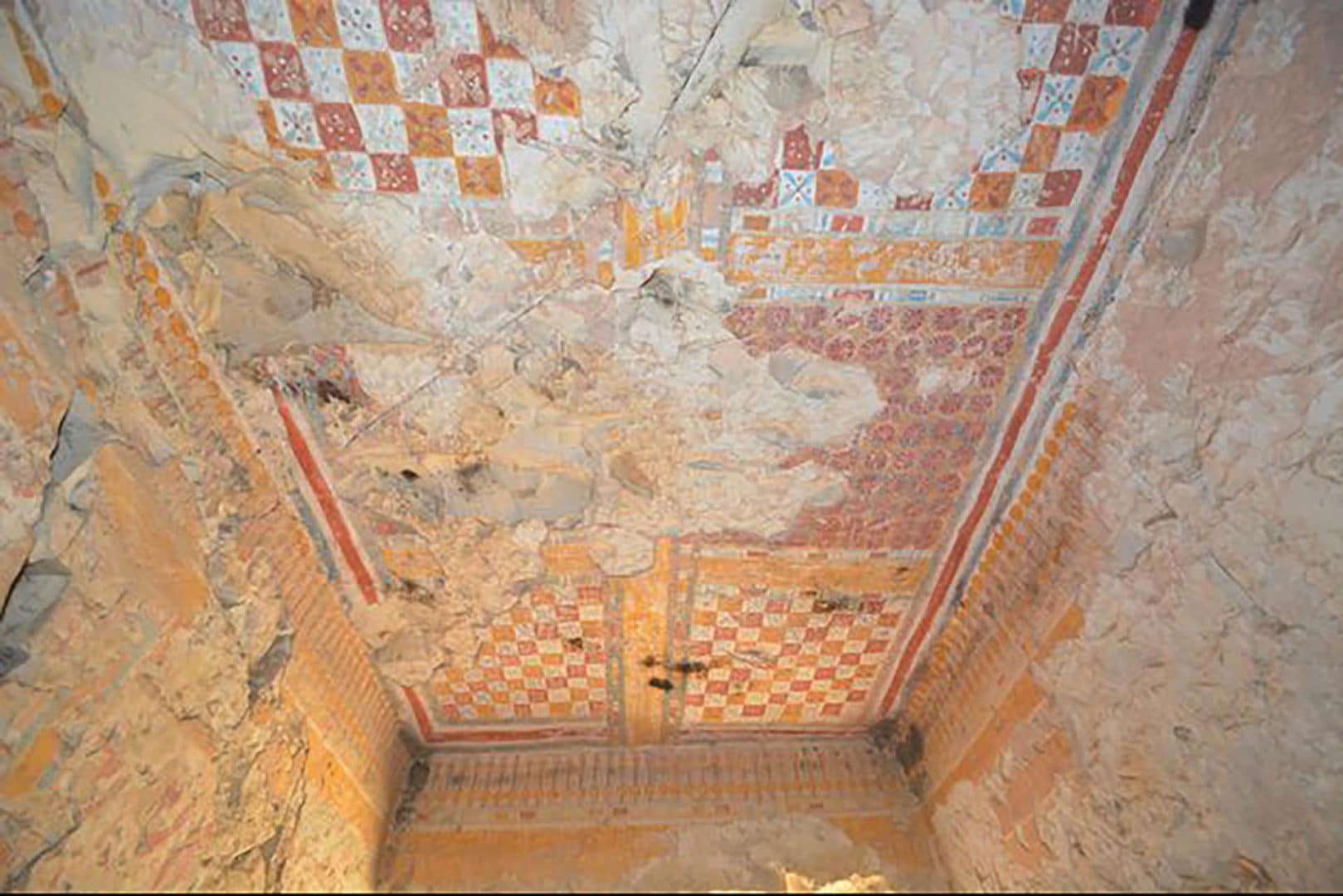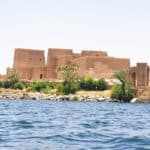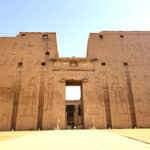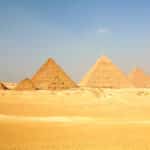Le Scribe Egyptian: Discovery of the 3200-year-old tomb of the royal scribe.
The Japanese Mission to the Tombs of Khoka in Luxor, discovered a new tomb. In fact the tomb belongs to Khonsu, who was a royal scribe during the reign of King Amenhotep III. Found during the clearing by the mission of a nearby tomb. Also beautiful paintings are still preserved. However, some of the rooms are still cluttered with large blocks of stone.
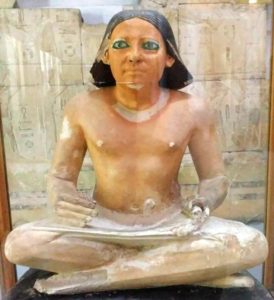
The tomb features a large number of important scenes and inscriptions. On the north wall of the entrance door is represented the sun god “Atum Ra” and four baboons in adoration. In the northern part of the wall, there is a room where there are two rows of inscriptions. The top row includes a collection of statues of the gods, "Isis" and "Osiris". The lower row includes the views of followers of "Kondo" probably the owner of the cemetery. It is likely to find further scenes in the tomb covered by the large Bechtel stone, which is scheduled to be cleared in the coming period in order to complete the excavation of the site.
Luxor is a city located on the right bank of the Nile, in Upper Egypt. Although located about 700 km south of Cairo and about 300 km north of Aswan. According to the 2006 census. Although it is now a city of 429,000 inhabitants. Also who lives directly or indirectly from tourism. Also what places it at the ninth rank of Egyptian cities. This is the ancient Egyptian city of Thebes.
Scribe in ancient Egypt
It designates in theAncient Egypt a literate civil servant, educated in the art of writing andarithmetic. Omnipresent as administrator, accountant1, litterateur or public writer, he makes the State of Pharaoh within its bureaucracy, its army or its temples. The royal scribe dominates the central administration. Senior scribes are part of the pharaoh's court, they do not pay taxes and have no military obligations.

